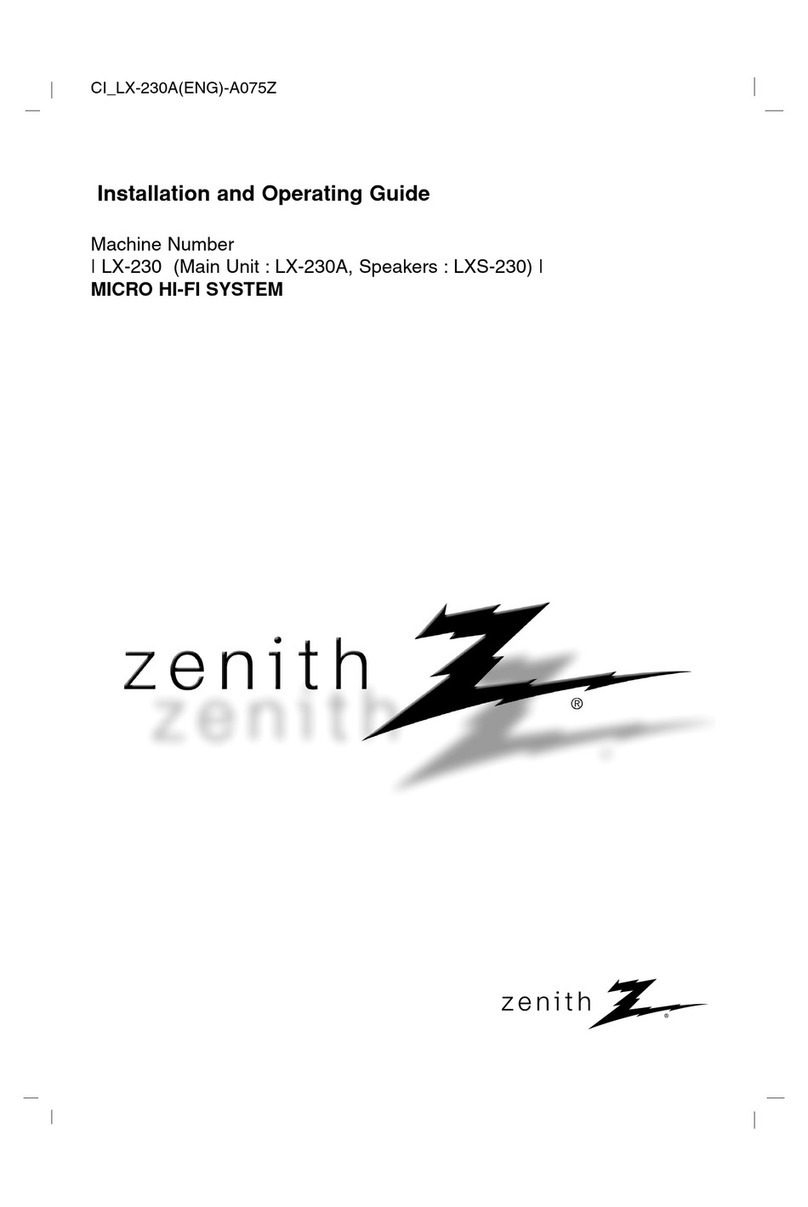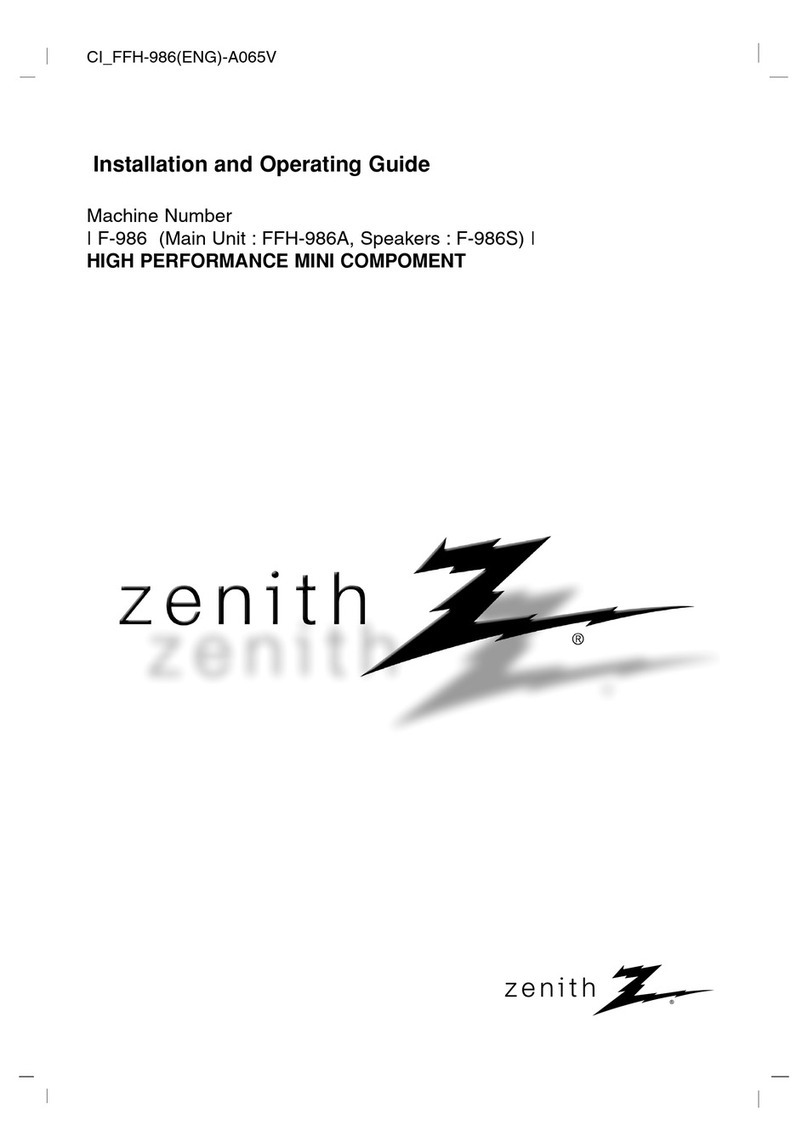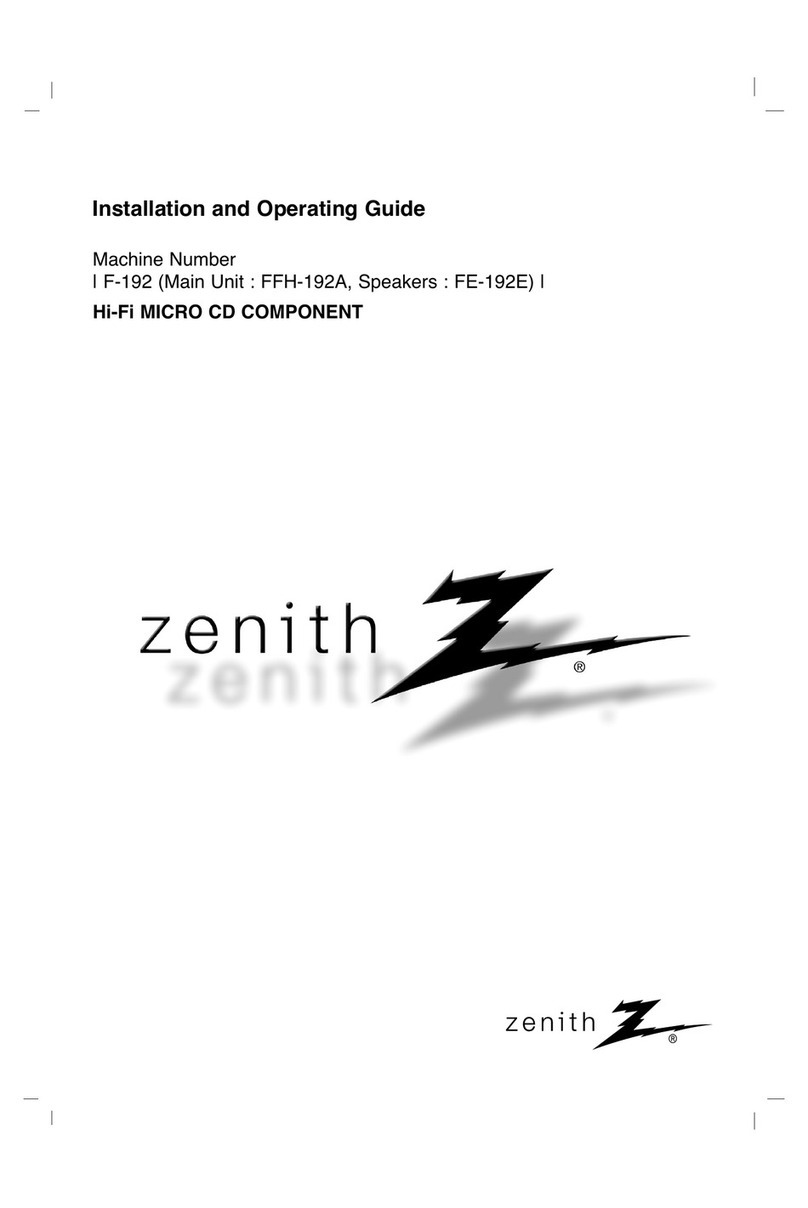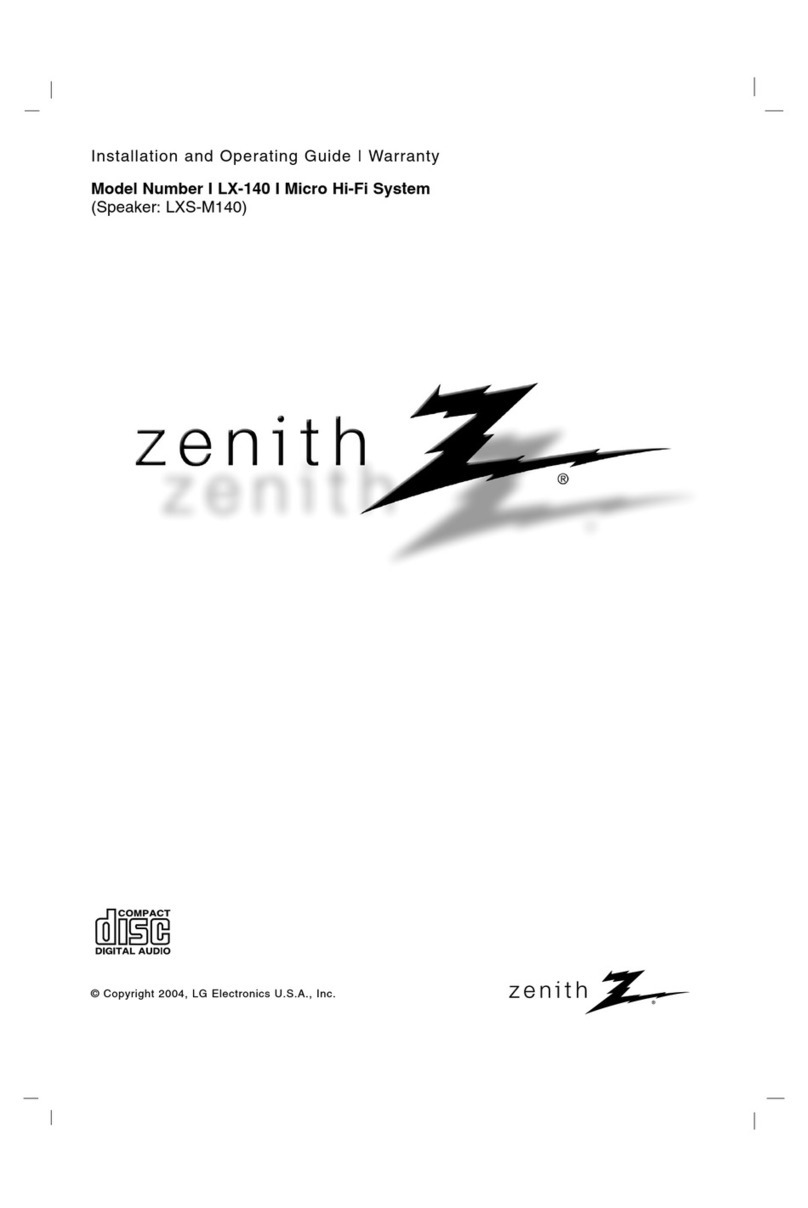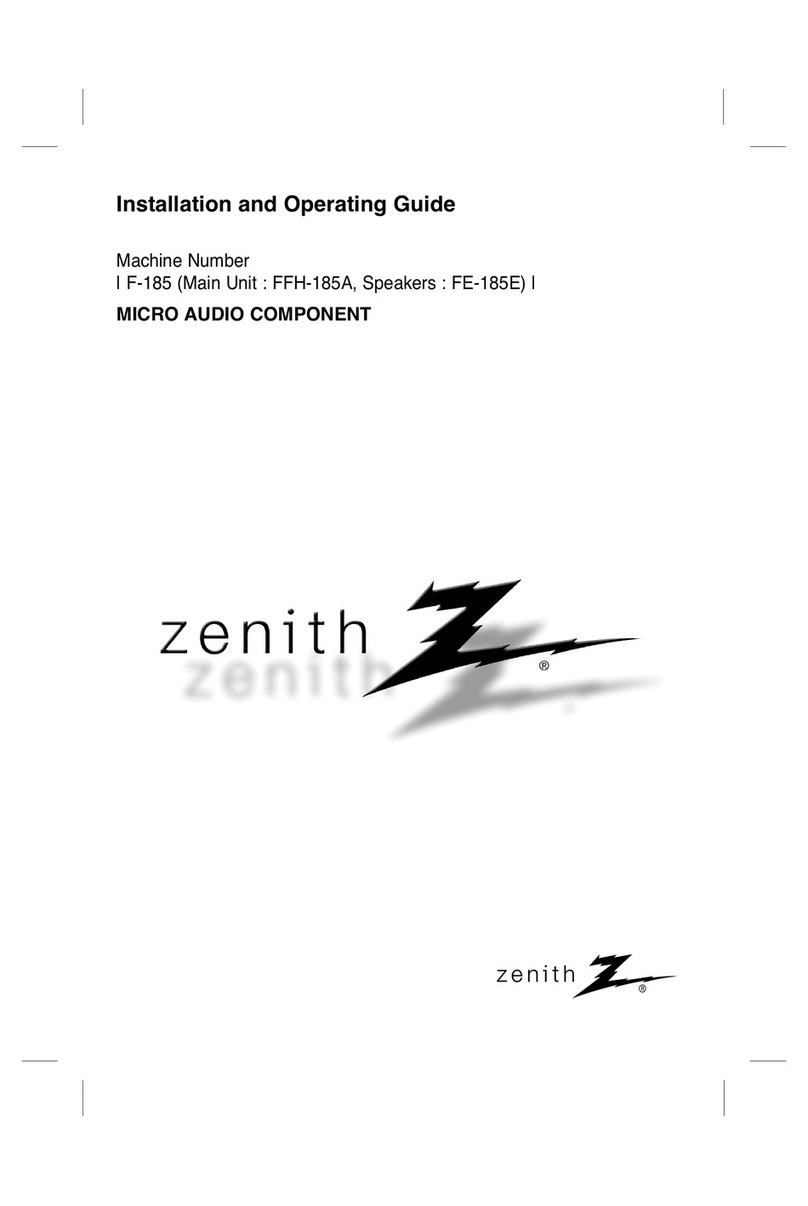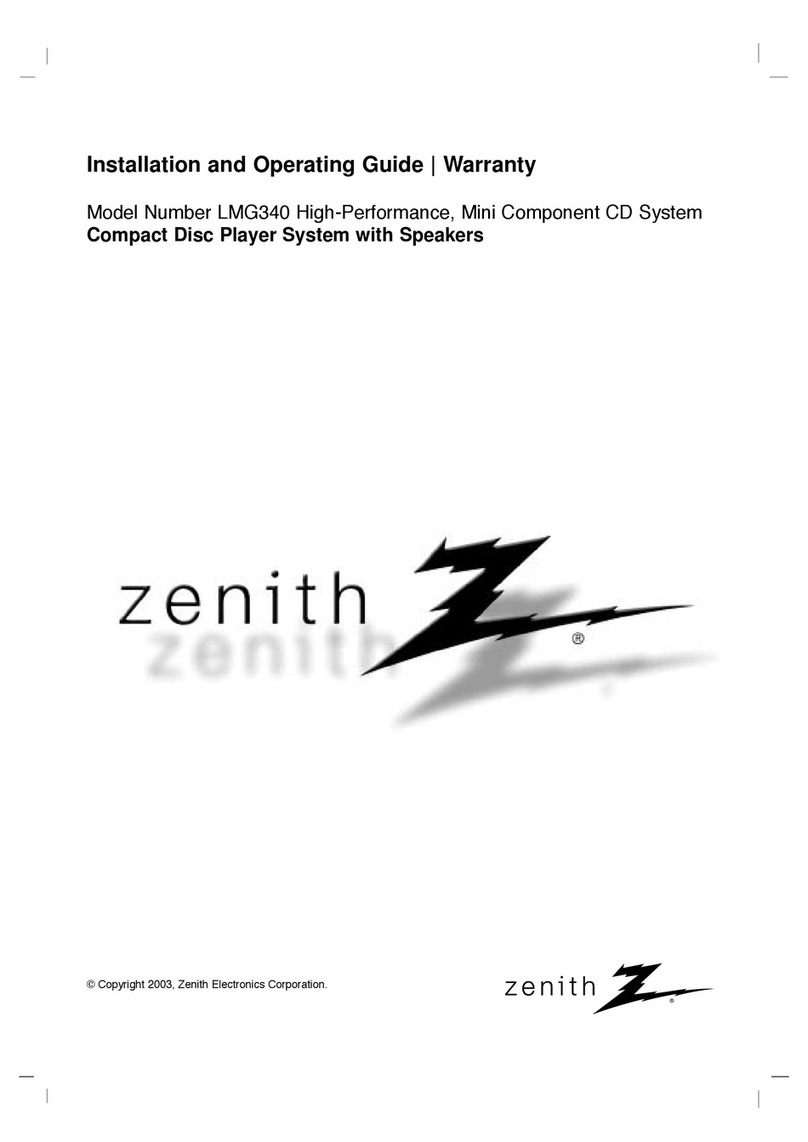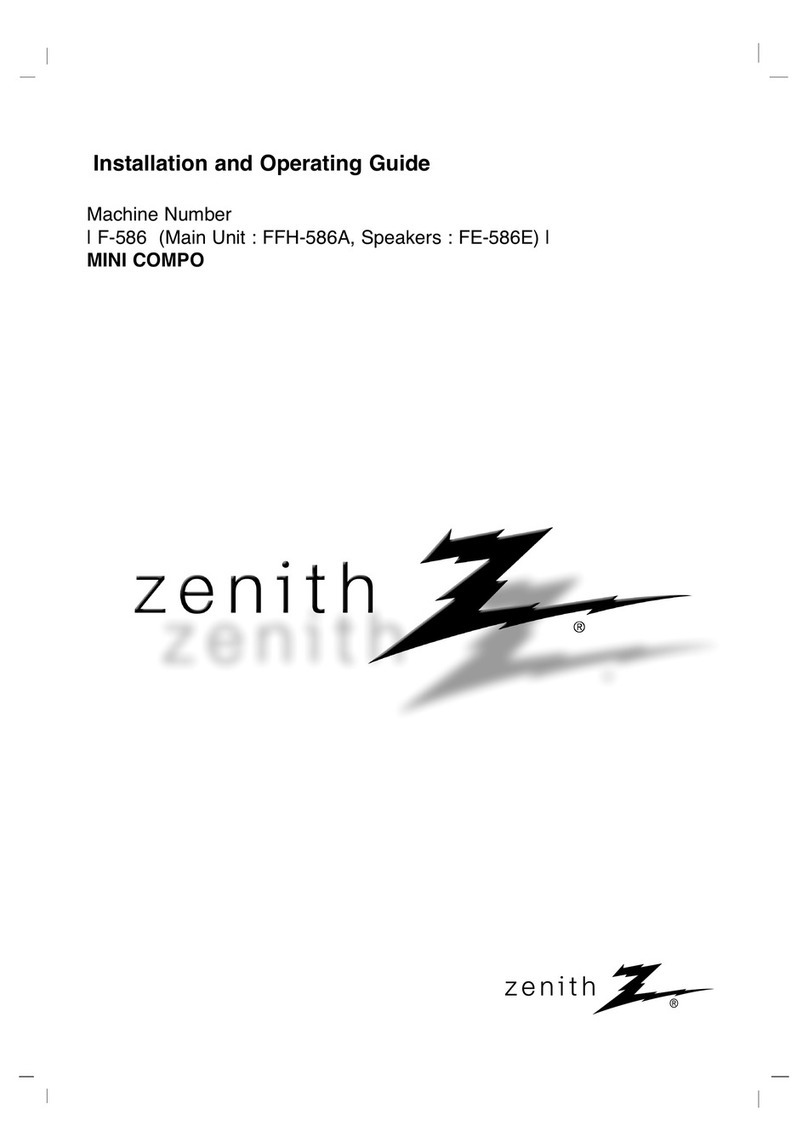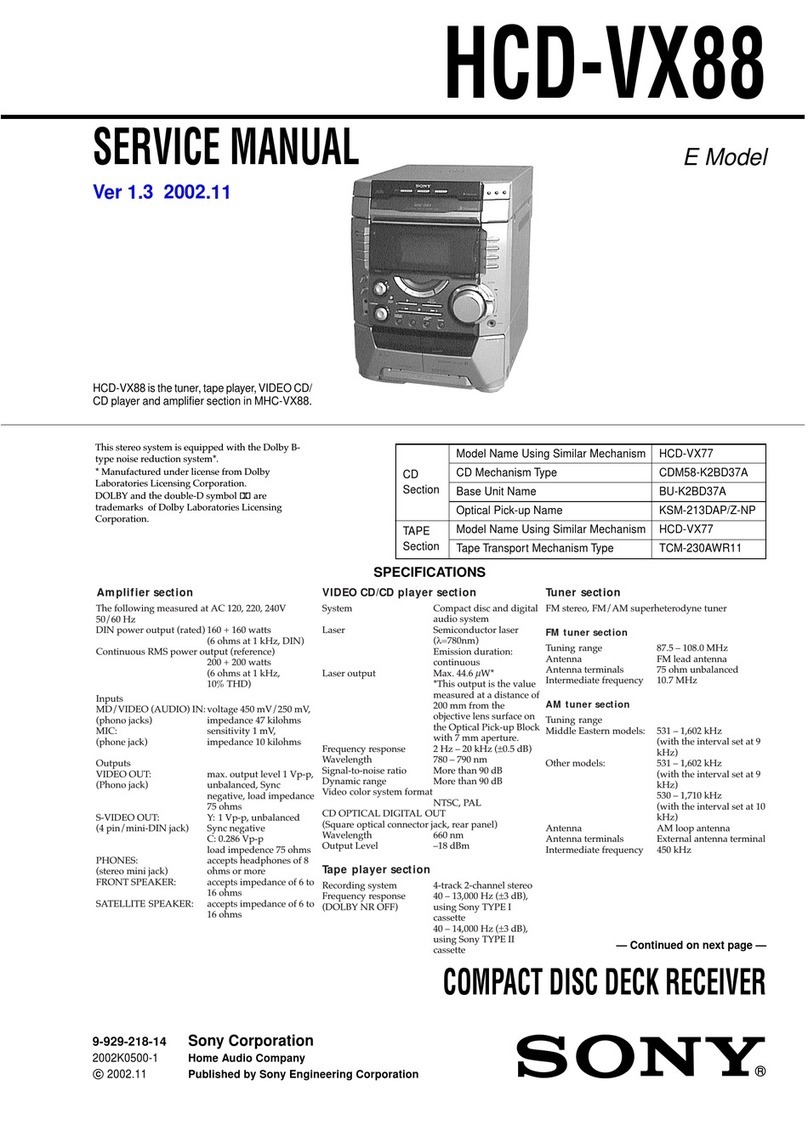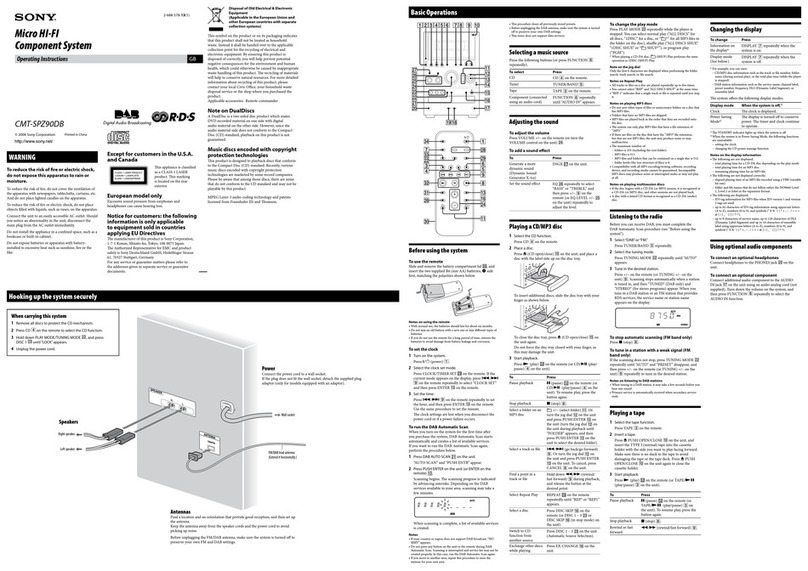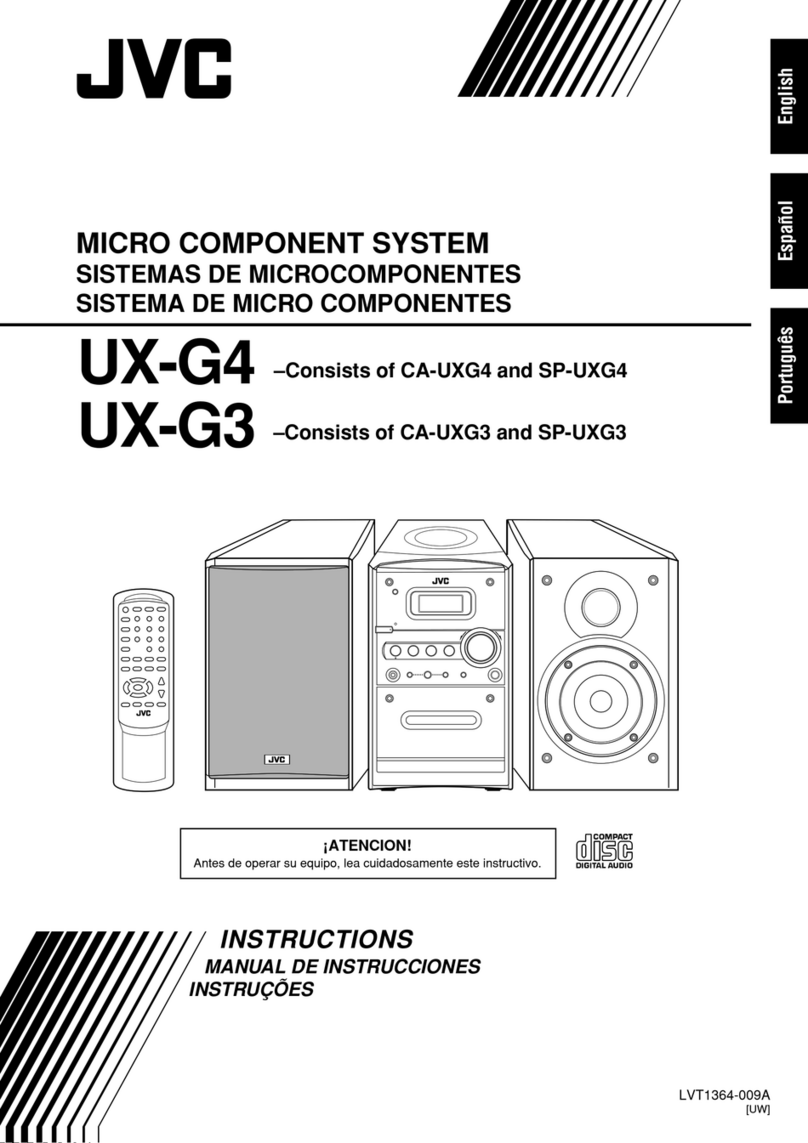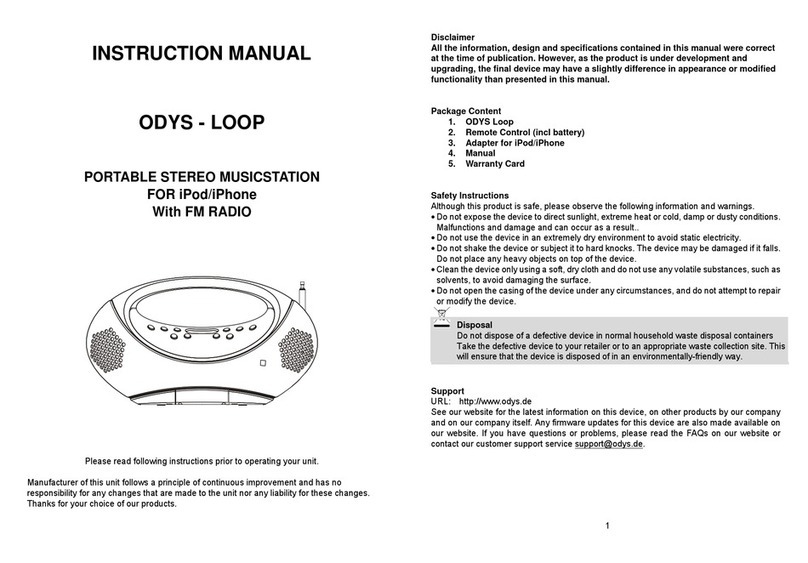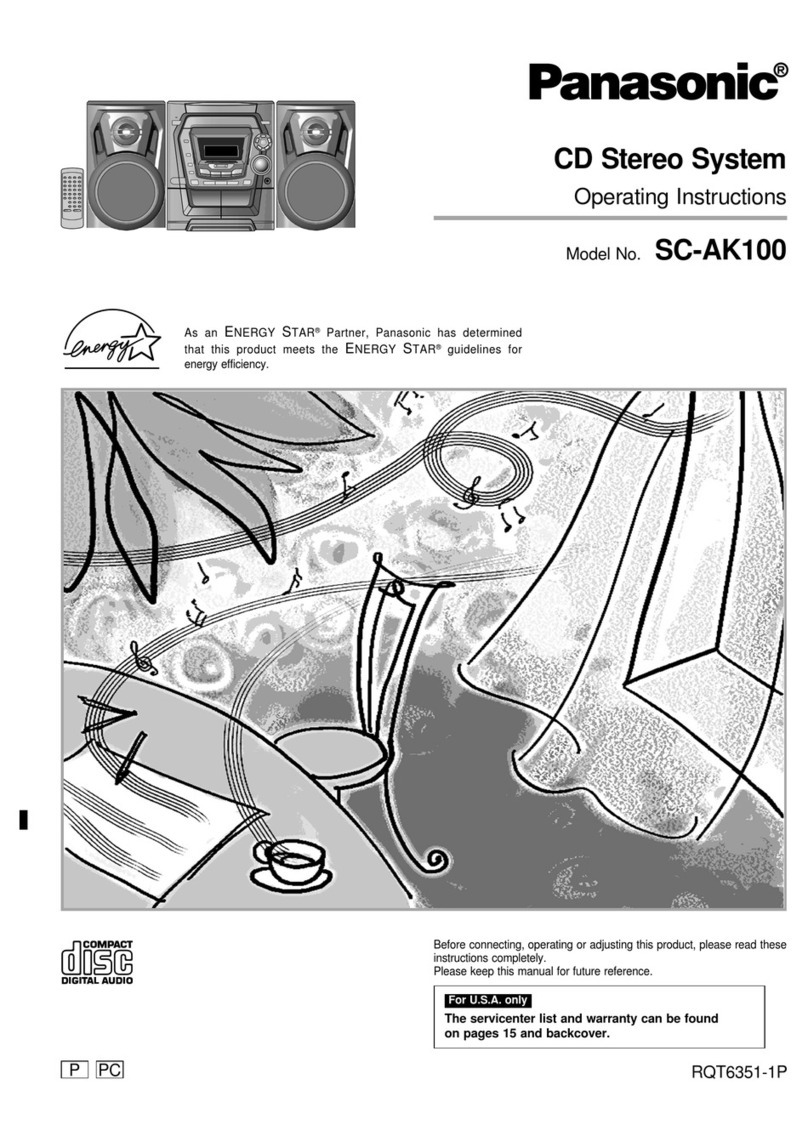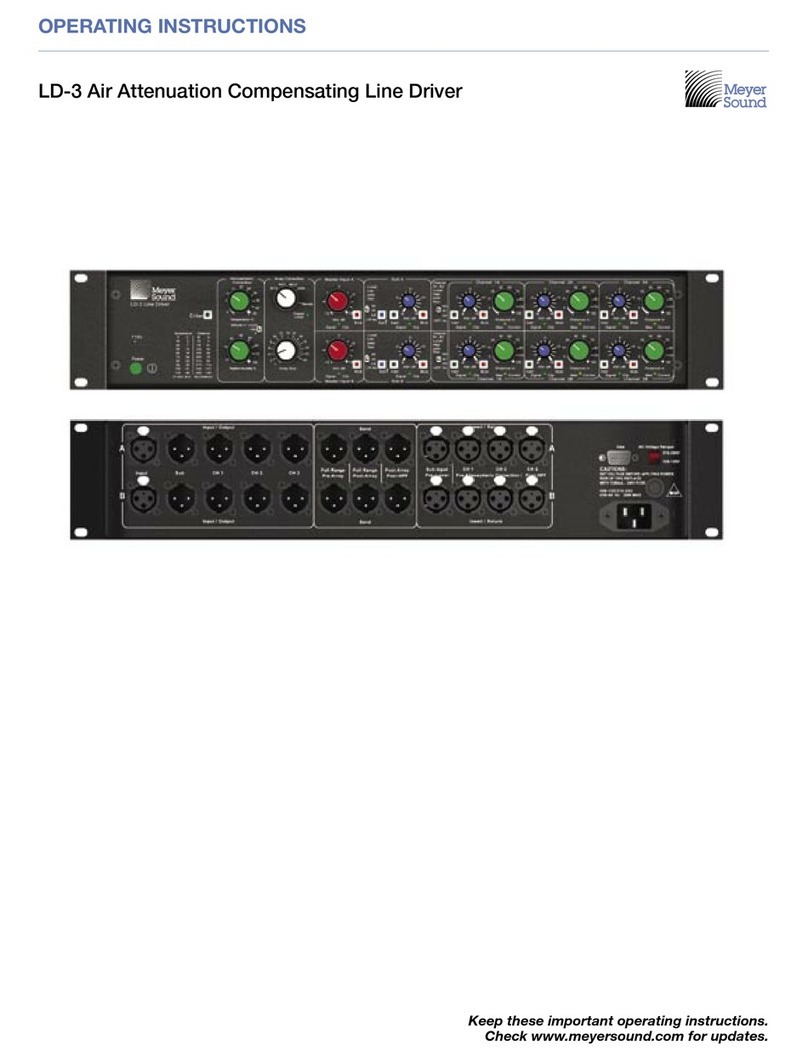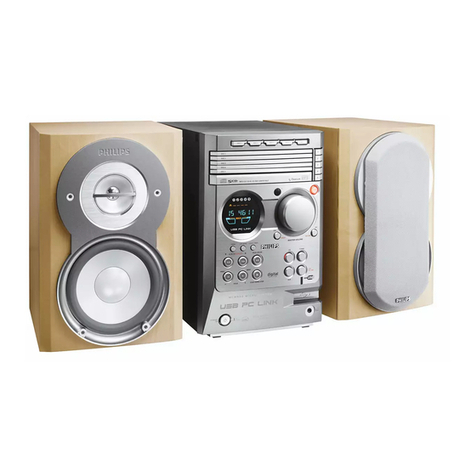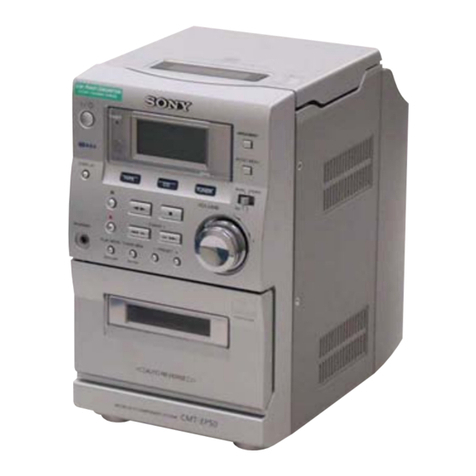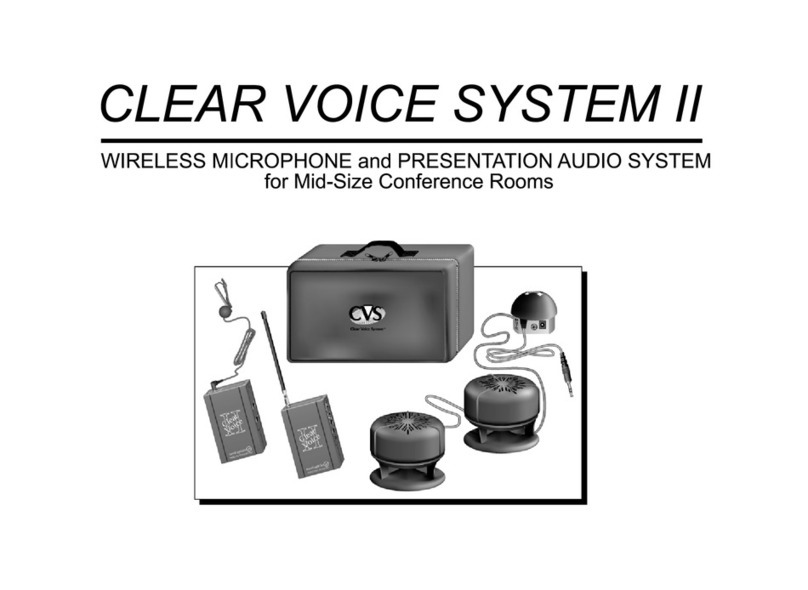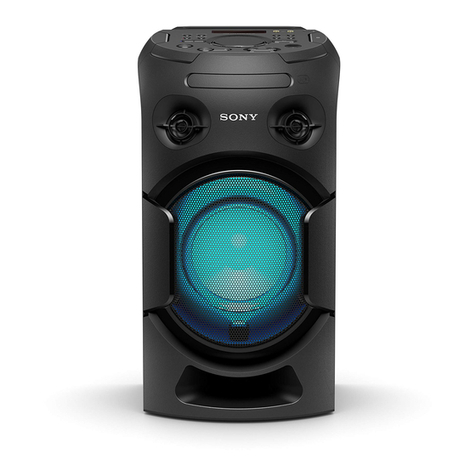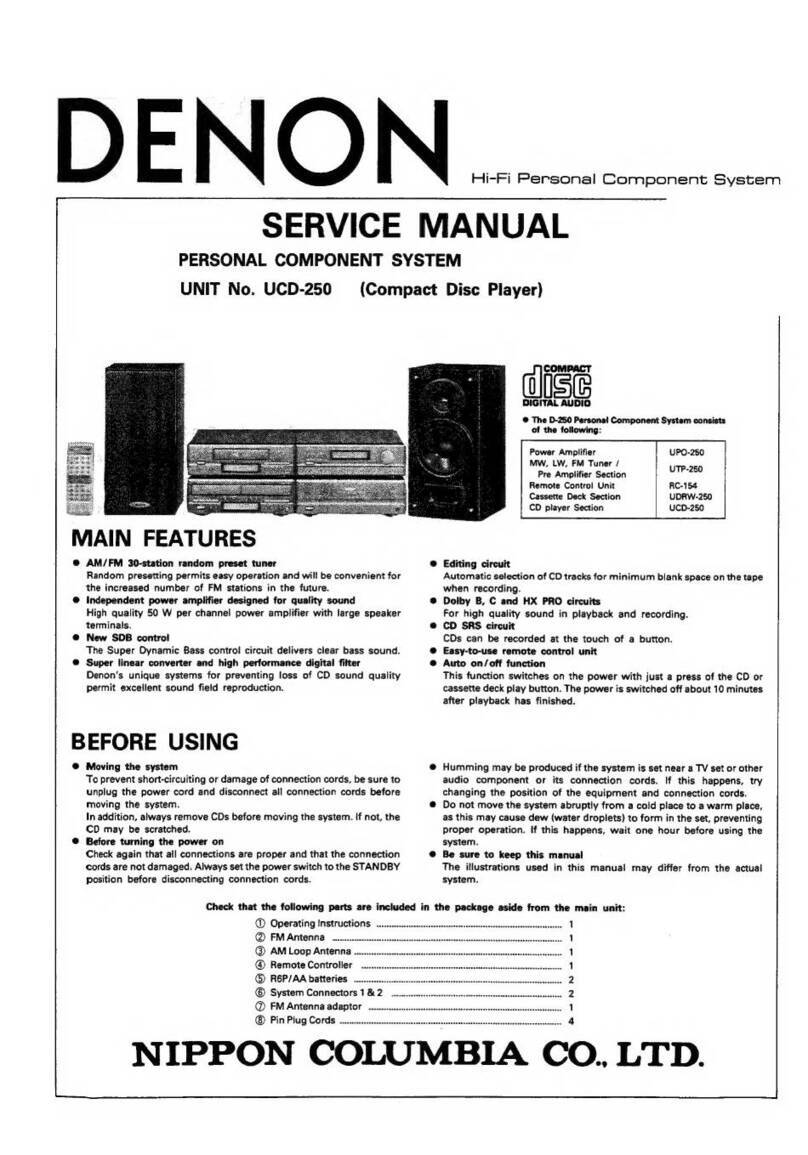When the desired FM station is aweak station, adjacent in
frequency to astrong station, the AFC may pull the tuning
into the stronger station. Under these conditions, leave the
AFC switched OFF.
Radio Dial Scale -AM Band -The AM scale is calibrated
from 55 to 160. Astation listed as operating on 600 kHz, for
example, will be found at 60 on the dial scale. Astation
listed at 1400 kHz will be found at 140. FM Band -The FM
dial scale is calibrated from 88 to 108 MHz.
TUNING Meter -Shows proper tuning on AM and FM, In AM
operation, proper tuning is shown by greatest pointer
movement to the right. (Stronger stations produce further
pointer movement.) When operating on FM, you are
properly tuned when the pointer is centered between
maximum left and right swings for the station you are tuning.
FM STEREO Indicator Light -When the FUNCTION Selector is
set to FM STEREO and you tune to astereo FM broadcast,
the FM STEREO Light will illuminate, indicating the tuner is
receiving astereophonic program. If you tune to a
monaural FM broadcast, the FM STEREO Light will not
illuminate, since the tuner is receiving amonaural program.
The Stereo Indicator Light will operate only in the FM STEREO
position (NOT in the FM position),
AFC SWITCH -Automatic Frequency Control (Switch
located on front panel) keeps the receiver on the exact
station frequency when tuned to an FM station. See
,%
lUNING -FM BAND" for details.
HI FILTER -Reduces high audio frequencies for decreasing
the noise ordinarily heard with "scratchy" or noisy records or
tapes and on weak FM stations.
LO FILTER -Reduces low frequency noise.
FM MUTE -Cuts out the 'hiss" or noise usually heard on the
FM band when tuning between stations. Very weak FM
stations with ahigh noise level may be blanked out by the
FM MUTE feature. If the station you want to hear is very
weak, simply leave the FM MUTE Switch in the OFF position.
See "TUNING-FM Band" for more FM tuning tips.
SPEAKERJACKS AND SELECTOR SWITCH
EXTENSION SPEAKER JACKS (Fig. 2A) -If your room will ac-
commodate additional speakers, or if you decide to place
extension speakers in another room, Zenith extension
speakers Models JIOOO, J2000, or J3000 (8 ohm im-
pedance) may be purchased from your dealer.
These speakers are connected to the Jacks marked EXT.
SPKR. on the back of the stereo cabinet.
HEADPHONE JACK (Fig. 2B) -Located on inside back of
cabinet. Plug in headphones here for private listening. See
section on Speaker Selector Switch for details.
SPEAKER SELECTOR SWITCH (Fig. 2B) -This switch located on
inside back of cabinet controls operation of the built-in
speakers and any external speakers connected to your unit.
It also controls headphone operation.
